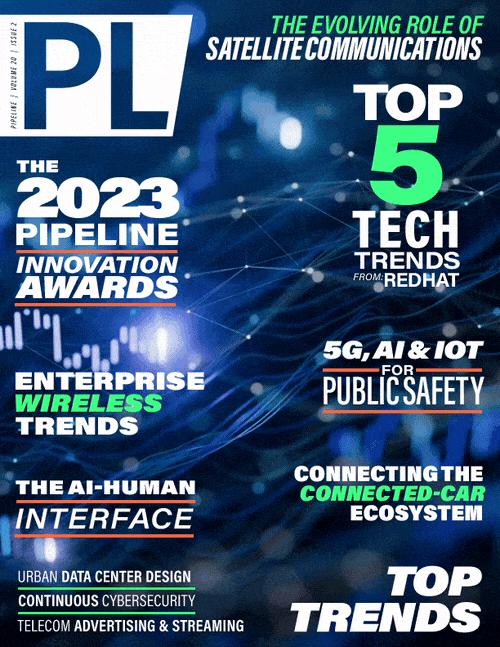Connecting the Connected Car Ecosystem:
A Roadmap to Data-Driven Innovation
Integration with Renewable Energy: The integration of EVs with other renewable energy technologies promises an avenue for enhanced sustainability. Solar panels on homes and charging stations can be integrated with the electricity grid, and the vehicle itself, to generate clean energy to power the EVs. Advanced algorithms, powered by vehicle data, hold the potential to predict when to charge the vehicle to maximize the use of renewable energy in regions where availability is scarce and store it when not in use for future consideration. The synergy between EVs and renewable energy aligns with the broader goal of reducing carbon emissions and shaping a more sustainable and eco-friendly means of mobility.
Grid Interaction and Load Management: Connected electric vehicles can play a pivotal role in managing energy demand on the grid. They can communicate with the grid to adjust charging times based on peak and off-peak periods. This will not only benefit the grid by reducing strain during peak hours, but also offer cost savings to EV owners.
Enhanced User Experience: EVs come equipped with an array of features that are inherently connected. With smartphone apps and over-the-air updates, EV owners can control charging, monitor battery performance in real time, and receive live updates about charging status. This level of connectivity is bound to enhance the user experience and encourage the adoption of electric vehicles.
Government Initiatives Driving Electric Vehicle Adoption: Government policies and incentives also play a significant role in promoting the adoption of electric vehicles. Initiatives taken by the government, such as subsidies, tax incentives, and investments in the public charging infrastructure, can influence the growth of the electric vehicle market and how these initiatives intersect with data-driven innovations to support sustainability and widespread EV adoption.
Data Privacy and Security in Connected Vehicles
Data privacy and security are of paramount concern in the connected vehicle market. Safeguarding sensitive user data collected and transmitted in real-time through the connected ecosystem with robust data protection mechanisms has become a top priority. Encryption methods can be employed to reinforce data privacy and security by rendering data unreadable to unauthorized entities, essentially shielding PII user data from misuse. Moreover, secure data transmission protocols maintain the integrity of data exchanges within the connected vehicle ecosystem.
In the case of EVs, the security of the charging infrastructure and reliability of the electric mobility ecosystem can be at risk if fundamental, mitigating countermeasures are not implemented. Incorporation of robust cybersecurity features, regular security audits, and compliance with privacy regulations such as GDPR and CCPA, can prevent unauthorized access to vehicle data, which could pose severe risks.
In Conclusion
The rise of connected vehicles is ushering in a new era of mobility that offers vast potential for data-driven innovation and promises a transformation for both conventional vehicles and EVs alike.
Connected vehicles, equipped with an array of sensors, connectivity features, and data-driven technologies, represent a convergence of automotive engineering, data science, and digital connectivity. This convergence enables vehicles to perceive their environment in real-time, communicate with stakeholders, and generate a wealth of valuable, accurate, reliable data and analytics that can drive both the discovery and execution of strategic innovation by automakers, insurance companies, smart cities, and researchers.
The future of electric vehicles is particularly auspicious because of these innovations. Connected vehicle technology strengthens the EV charging ecosystem, providing users with comprehensive data on charging station locations, availability, and pricing. This not only reduces range anxiety among customers, but also promises to make the transition to electric mobility more seamless and cost-effective. Moreover, the integration of EVs with renewable energy sources, grid interaction, and enhanced user experiences all contribute to the sustainability and widespread adoption of EVs. As government initiatives align with the shared vision towards new-gen ACE (autonomous, connected, electric) mobility, and user-centric services continue to enhance the driving experience, the future of connected vehicles and electric mobility appears promising.



















